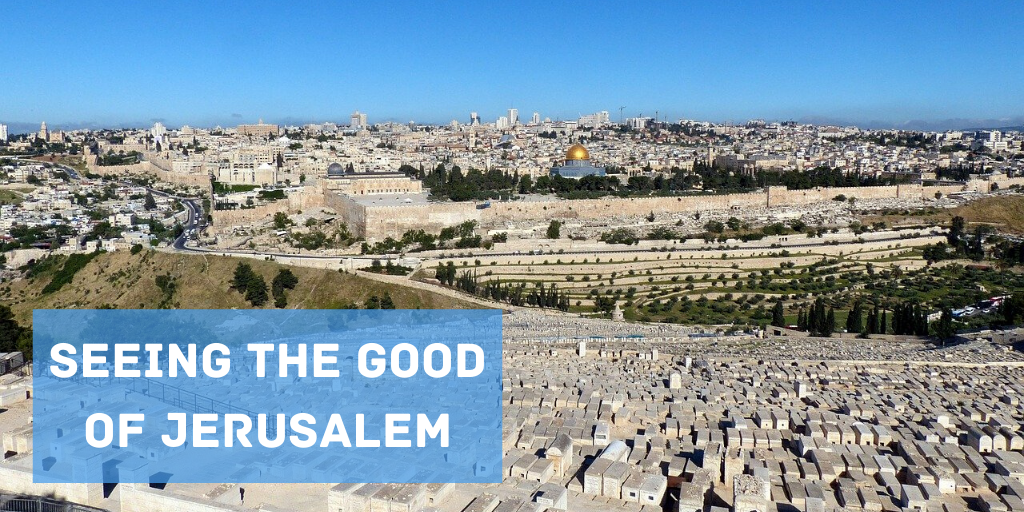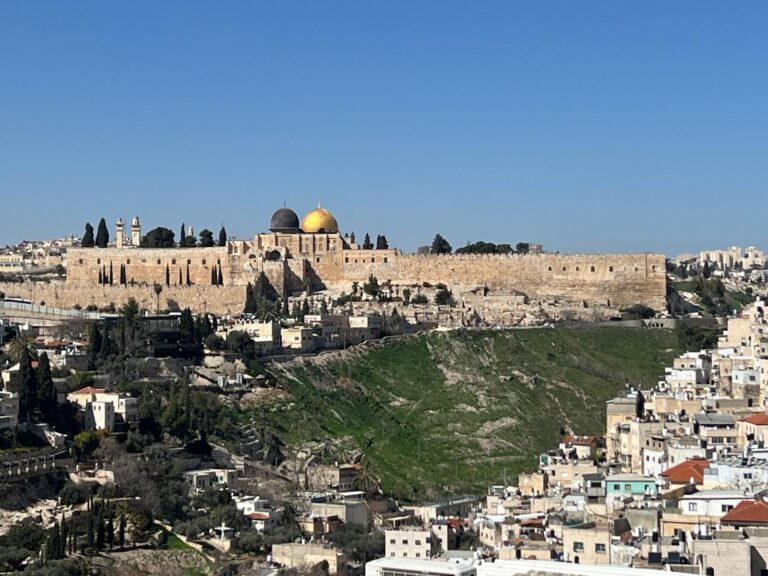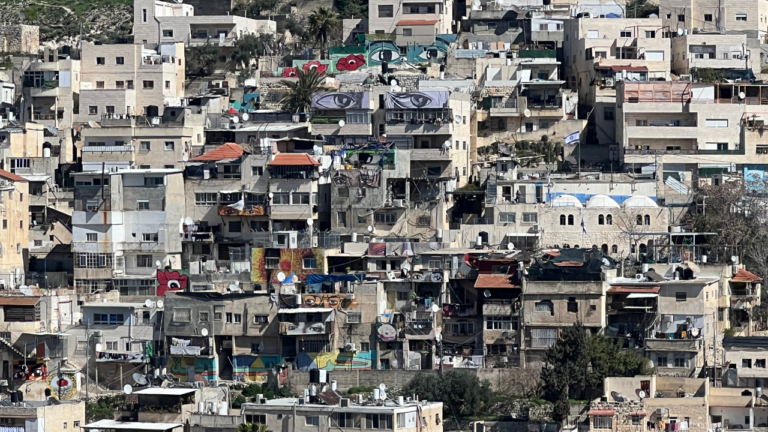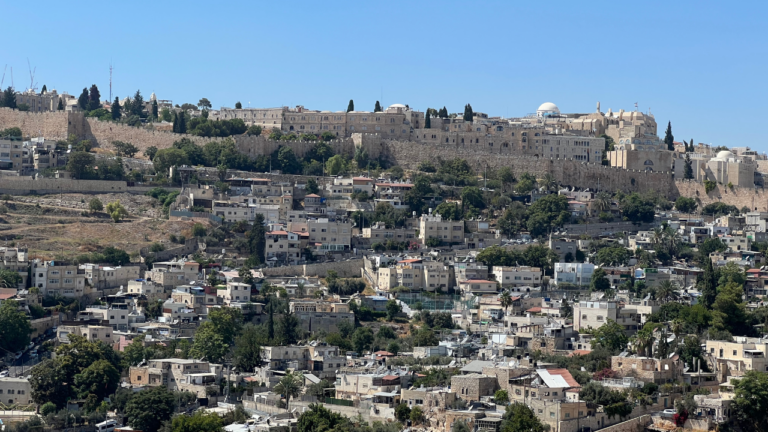Seeing the Good of Jerusalem
All of life is a mixture of good, bad and the neutral. Before the sin of Adam and Chavah eating from the Tree of Knowledge, they were able to walk through the garden and see the underlying divinity and positivity of every aspect of the this world. After all, God himself upon finishing creation declared this world to be “very good.” However, the sin of the Tree of Knowledge brought knowledge of evil into this world. And, even more distressingly, good and evil often come together, mixed in the same events, people or places. This creates much of the confusion about what to do and makes this world a difficult place to navigate.
What are we to do about this reality? The Hassidic masters teach that while one should not ignore evil and pretend that it does not exist, it is crucial to tap into God’s original positive evaluation of the world. We must actively try to see the good and through that will allow God’s underlying presence to become more revealed.
This perspective emerges from a Hassidic interpretation of a verse in this week’s parsha. When Moshe sends the spies, he tells them: “You shall see what [kind of] land it is…Is it good or bad?” While the simple understanding is that Moshe was asking for a proper evaluation of the land, The Sefer Ha-Zechut writes that there is a deeper understanding. Rendered literally, the Hebrew phrase “is it good or is it bad” (“tovah hee im ra’ah”) can mean, “it is good, if it is bad.” In other words, Moshe was telling them that even if the Land appears to them bad for whatever reason their mission was to look for the positive and see its inner goodness.
Ma’ayanah shel Torah adds the following comment from Rav Yosef Chaim Sonnenfeld of Yerushalayim. The verse in Tehilim states: “May the Lord bless you from Zion, and see the good of Yerushalayim all the days of your life.” While the simple meaning of this verse is that it is a prayer/blessing to always hear good news from Yerushalayim, R. Sonnenfeld added an interpretation that is similar to that of Sefer Ha-Zechut. There is a special charge “to see the good of Yerushalayim,” meaning to always focus on the positive aspects of the city and life there, even when there is seeming bad or banality that is mixed in.
We see that this injunction of seeing reality with a “good-eye” is especially relevant for the Land of Israel and Yerushalayim. If God’s description of the entire world is “it was very good” then the Land of Israel has a double portion of goodness, as Kaleiv says in this week’s parsha: “the Land is very very good.” Yerushalayim is the place of the ultimate divine revelation. To a certain degree, Yerushalayim is the location on earth that is most similar to Gan Eden before the sin of Adam and Chavah. Therefore, it is in Yerushalayim that we can access the proper, divine perspective on reality.
Let us see the good of Yerushalayim and the good of the entire world.



